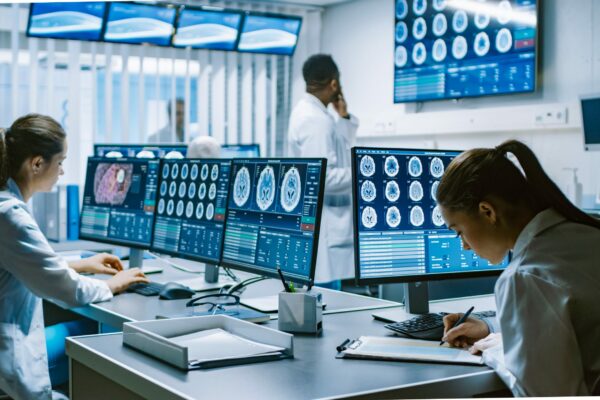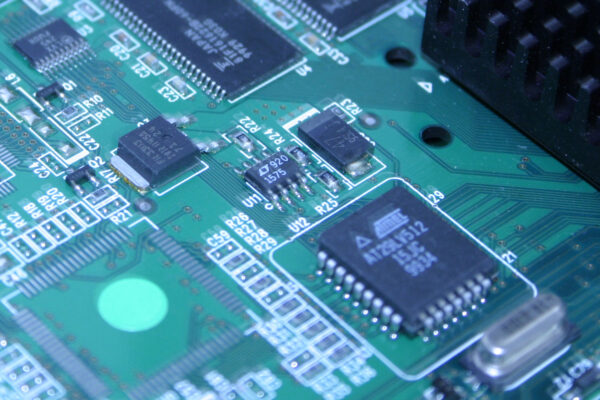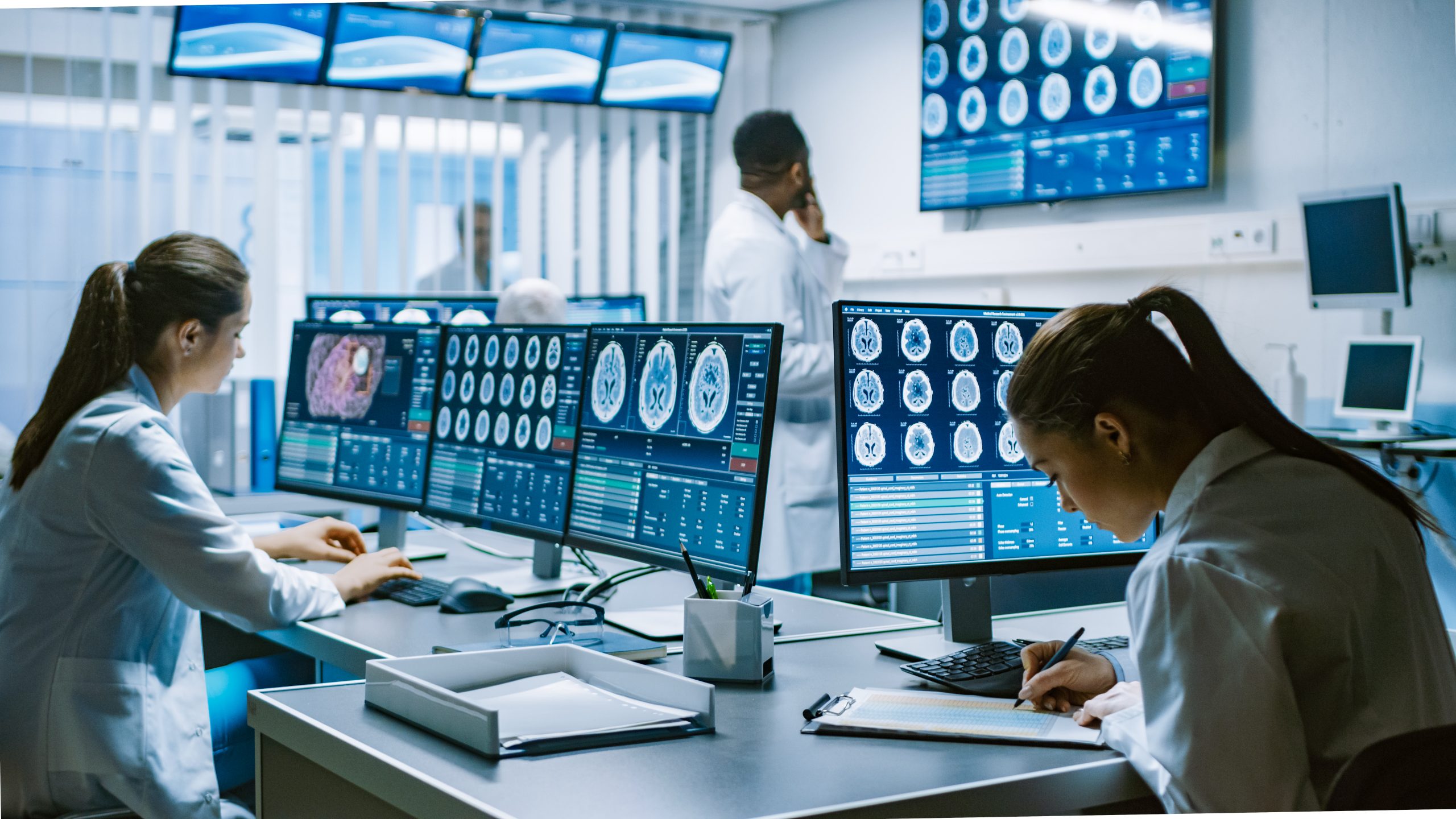Key Points/Overview
Nanotechnology encompasses a broad range of materials, manufacturing processes and technologies used to create and enhance many products people use every day. It is part of the next wave of innovation in science and engineering that can transform many sectors, including aerospace, energy, information technology, medicine, national defense and transportation.
Health, safety and environmental professionals in the nanotechnology field work to enable its responsible development, which involves evaluating and communicating potential impacts of human health and the environment throughout the stages of a product’s life cycle.
Nanomaterials and their applications are regulated by many federal agencies, including the EPA, FDA, Consumer Product Safety Commission and the National Institute for Occupational Safety and Health.
What is Nanotechnology?
Nanotechnology encompasses a very broad range of materials, manufacturing processes and technologies that are used to create and enhance many products people use every day.

Uses & Benefits
Nanotechnology is part of the next wave of innovation in science and engineering that will transform many sectors, including aerospace, energy, information technology, medicine, national defense and transportation. Nanotechnology will enable the development of next generation materials that are stronger, lighter and more durable than the materials used today in buildings, bridges, airplanes, automobiles and other applications.
Nanotechnology also holds great promise for creating products for a more energy-efficient world, such as more efficient fuel cells, batteries and solar panels. Nanotechnology can provide solutions for cleaning contaminated soil and water, and it will play a critical role in transforming medicine and health care.
Health care is approaching a revolution thanks to nanotechnology. Highly sophisticated tools for detecting and treating cancer, bandages that prevent infection, enhanced medical imaging technology and more are all in development and made possible because of nanotechnology.

Almost all electronic devices made in the last decade, including today’s most advanced computer chips and personal electronic devices, were manufactured using nanotechnology.
Sports equipment, like baseball bats, tennis rackets, motorcycle helmets and other plastic materials, can be made more lightweight, stiff, durable, and resilient with nanotechnology.
Fabrics treated with nanotechnology can resist wrinkling, staining and bacterial growth, helping clothes stay cleaner and last longer.
Thin films found on eyeglasses, computer displays, windows and other surfaces use nanotechnology to help them be more water-repellent, antireflective, resistant to ultraviolet or infrared light, antifog, scratch-resistant or electrically conductive.
The performance of many household products like stain removers, antibacterial cleaners, paints, sealants and air purifiers and filters can be enhanced with nanotechnology.
Nanotechnology can help create a cleaner environment through new water purification methods and by removing pollutants from groundwater and soil.

Energy innovations, like more efficient solar panels, stronger, light-weight wind turbines, lighter car parts and improved fuel efficiency, are powered by nanotechnology.
Personal care products, like cosmetics and sun screens can be enhanced with nanotechnology.
Food packaging that uses nanotechnology can help detect and prevent spoilage or contamination, helping food stay fresher, longer.
Some pharmaceutical products have been reformulated with nanosized particles to improve their performance.
Safety Information
Health, safety and environmental professionals in the nanotechnology field work to ensure its responsible development. This involves evaluating and communicating potential impacts to human health and the environment through all stages of a product’s life cycle, including production, distribution, use, and disposal or recycling. Any known or anticipated hazards of nanomaterials are reported on product Safety Data Sheets and labels, along with recommended precautions for avoiding overexposure and first aid measures in case of accidental overexposure.
- Numerous studies performed over several decades indicate that, as a class, nanomaterials are neither more nor less hazardous than other broad classes of materials. In some studies, certain nanomaterials have been shown to be more hazardous than the corresponding larger-sized materials but there is no evidence of any unique ‘nano-specific’ hazard.
- Several recently published studies indicate that nanoparticles are not absorbed through intact skin to any significant extent.
- Other studies have shown that nanomaterials added to solid articles (films, plastics, etc.) are not released in significant amounts as free nanoparticles under normal conditions of use.
- For workers, standard precautionary measures such as providing adequate ventilation and using appropriate respirators have been shown to be effective for controlling exposures to airborne nanomaterials.
Nanotechnology Regulation
- Nanomaterials and their applications are regulated by many federal agencies, including the U.S. Environmental Protection Agency (EPA), Food and Drug Administration (FDA), Consumer Products Safety Commission and the National Institute for Occupational Safety and Health. Under the Toxic Substances Control Act, EPA requires reporting, testing and use restrictions on chemical substances, including nanomaterials.
- The Federal Insecticide, Fungicide, and Rodenticide Act gives EPA authority to collect information about substances in pesticide products, including nanomaterials, and the agency has authority to act on nanomaterials under many laws, including the Clean Water Act and the Clean Air Act.
- Under the Federal Food, Drug, and Cosmetics Act, FDA regulates many applications of nanotechnology, including medical devices, pharmaceuticals, cosmetics, food and other products. FDA has recently provided guidance on how it will approach questions about nanotechnology in the products it regulates.
- The U.S. government has championed investment in nanotechnology to stimulate growth and ensure U.S. economic competitiveness. In 2000, the first coordinated government effort dedicated to nanotechnology was established, now called the National Nanotechnology Initiative. From 2001 to 2013, the 25 federal departments and agencies participating in the NNI have invested more than $18 billion in nanotechnology research and commercialization.


